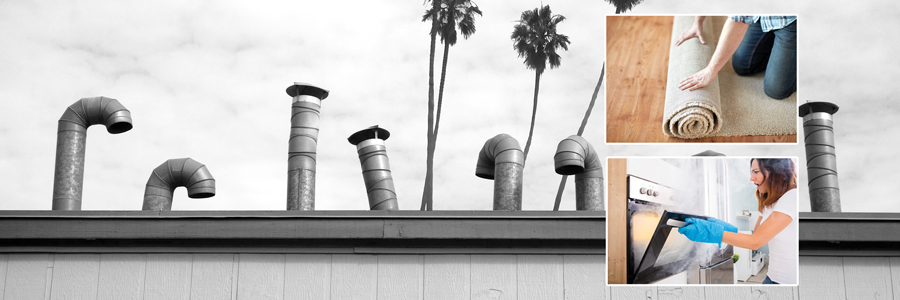
Home construction techniques and materials are continually improving! The variety of advanced technology and energy-efficiency products that are available for today’s home builder has resulted in newly constructed homes becoming more air-tight! That said, the law of unintended consequences has introduced an unforeseen downside to this quantum leap in construction quality. Ventilation solutions, once considered a luxury, are now a necessity in air-tight homes!
Breath: Inhale and Exhale
Some new homes don‘t “breathe” the way older homes used to be able to “breathe.” The air-tight construction may trap stale air in your home. Pet smells, cooking odors, and off-gassing of household furnishings, like carpets and furniture, combine to create an indoor environment that may not be as fresh as you‘d like. Opening windows to allow your home to “exhale” can waste energy and make rooms too hot or too cold! Luckily, there are now ventilation products that can help!
What do Ventilators do for my home?
The air inside your home could be stale, but it still has a warm or cool “energy value” that you spend money on to create. It would be a shame to waste that energy value!
Types of Ventilation Units
Heat Recovery Ventilator: A heat recovery ventilator (HRV) brings cool, fresh air into your home while expelling dry, stale air. In the process, it exchanges heat from the stale indoor air to the fresh air drawn in and maintains the comfort and freshness you need year-round. This is particularly helpful during the winter months when dry, stale air can continuously circulate inside your home.
Energy Recovery Ventilator: An energy recovery ventilator (ERV) exchanges heat from the stale indoor air to the fresh air drawn into your home while keeping moisture in the air where you want it: outdoors on hot, humid days, and indoors on cold, dry days.
If you live in an area that’s humid for much of the year or you have issues with maintaining enough humidity in your home in the winter, an ERV would probably be your best option.
